Since 2015, universities across the country have embedded the Sustainable Development Goals (SDGs) within their courses, research, and community engagement. Thanks to local advocacy efforts, new curricula, partnerships, and the deliberate efforts of faculty and staff, the SDGs are now second nature to many college students. Through the framework, universities are engaging students and staff to find creative solutions for building more inclusive, resilient communities while also working in partnership with local governments and businesses to help achieve the SDGs starting in their own communities.
Read on to learn more about some of the ways that universities around the country are creatively implementing the SDGs on and off campus.
1. CARNEGIE MELLON UNIVERSITY: Instituting a voluntary review to track progress
When it embarked on the world’s first voluntary university review in 2020, Carnegie Mellon University (CMU) wanted to prove that universities could be a key partner in the local and global SDG movement. Through a meticulous approach at creating its own review on how the university has implemented the SDGs, the team analyzed close to 3,000 CMU courses, more than 900 sustainability-related research publications, and over 200 nonacademic practice activities, including housing, transportation, and community outreach. Each of these activities was then mapped onto a specific SDG to better understand which Goals received the most and least attention at the school. In the process, the review ended up bringing the university closer as a community, forging connections that had not been readily apparent, and pioneering a methodology for other universities to use.
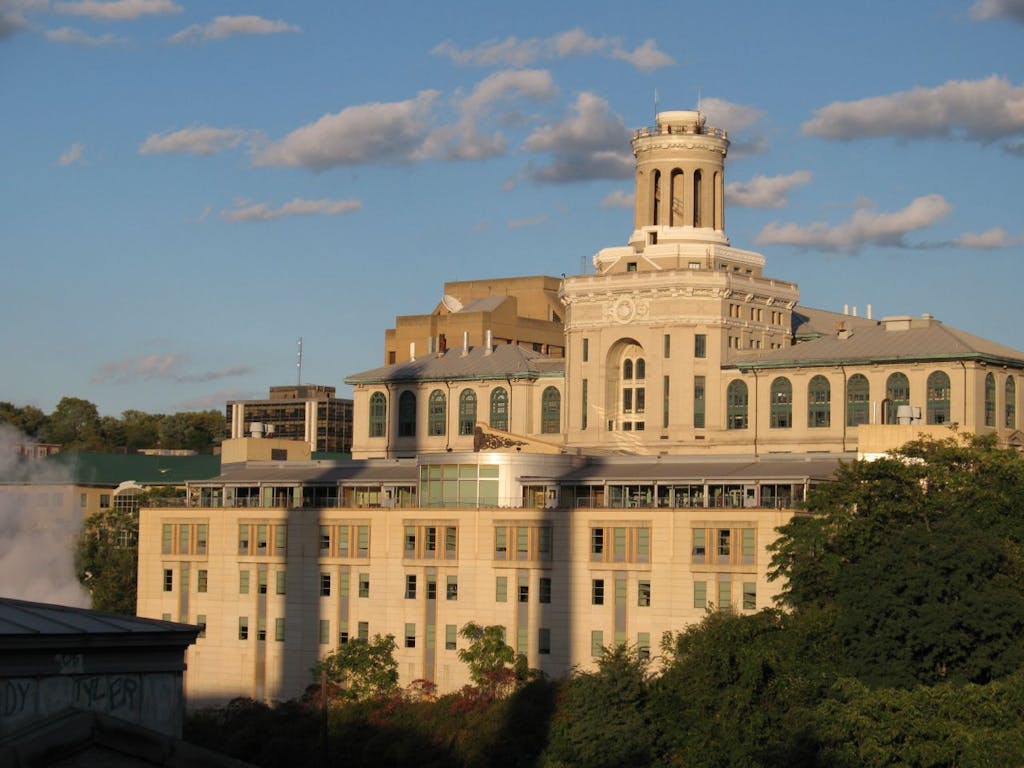
“I think the most important lesson with the Sustainable Development Goals is that it cannot be a top-down approach,” said Alexandra Hiniker, executive fellow for Sustainability Initiatives at CMU, who pioneered the idea of the voluntary local review, helping New York City become one of the first cities in the world to launch its own.
To raise awareness about the SDGs, the school set up a 24/7 interactive exhibit with information about the goals, where students wrote their reflections and thoughts on posters. Hiniker and her team also organized a 17 Rooms exercise with 150 members of the university’s global community to do a deep dive into each of the 17 Goals and discuss how they were being implemented on campus. She was surprised to learn how many participants were unaware of the SDG-focused activities that their colleagues were already working on. The team hopes that the voluntary university review process will spark further interest in the SDGs, inspire more coordination between different parts of campus, and set an example for other universities to use. And the movement is already progressing, as other universities have committed to do their own SDG reviews and CMU prepares to launch its second review this fall.
2. ARIZONA STATE UNIVERSITY: Launching a multistakeholder effort
For the second year in a row, Arizona State University (ASU) has been featured as the leading U.S. university on the Times Higher Education Impact Rankings, a list measuring university performance against the SDGs. On that list, the university scored 93.4 for its work promoting SDG11: Sustainable cities and communities. This includes advancing the SDGs in Phoenix, which is home to one of its campuses.
In 2020, Phoenix Mayor Kate Gallego announced an initiative, “Phoenix Global Rising,” with ASU’s Thunderbird School of Global Management and local stakeholders — including Global Chamber Phoenix, Phoenix Committee on Foreign Relations, AZ District Export Council, and Phoenix Sister Cities — to help make the city more inclusive, sustainable, smart, and global. In addition to spurring international trade and investment, and promoting the inclusion of immigrants and refugees, a key pillar of the program is to achieve the SDGs.
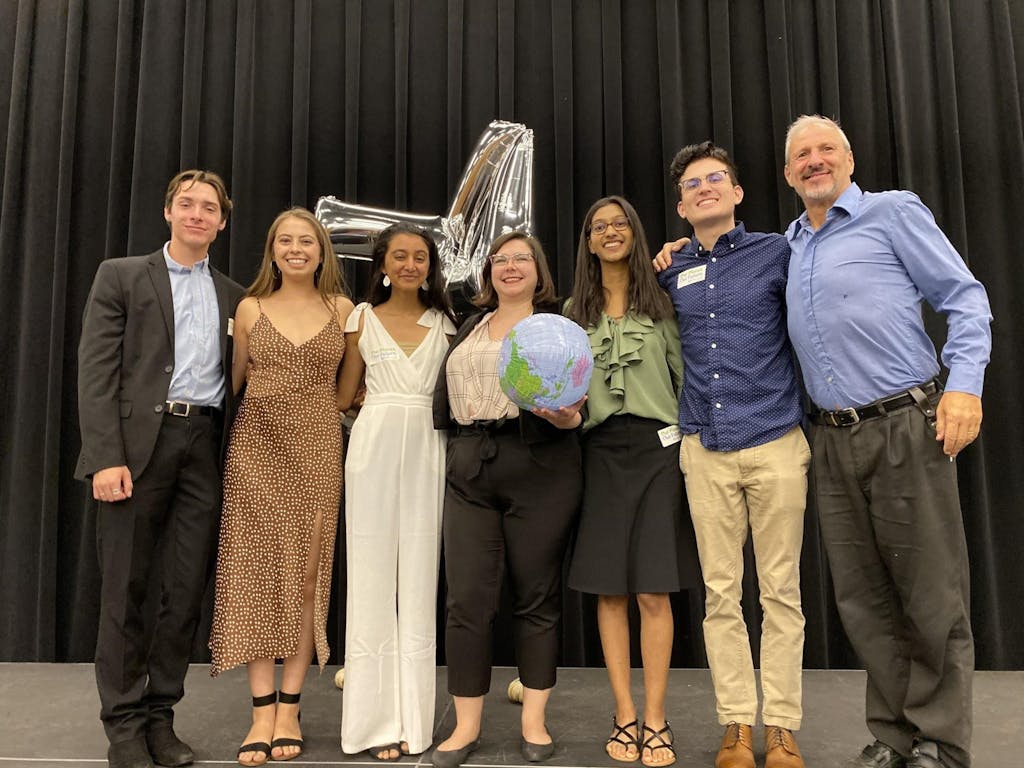
“The pandemic has created incredible challenges, obviously. But there are many great opportunities that have emerged,” Thunderbird Dean and Director General Sanjeev Khagram said in a recent local radio interview.
Phoenix Global Rising is also working with a smart region consortium, The Connective, to create and scale technology solutions that can drive equity, promote sustainability, and improve quality of life. While the city has pursued some of these goals individually in the past, this is the first time it will be placing the SDGs at the heart of its efforts in a systematic, coordinated effort.
3. GEORGIA TECH: Building a global network of universities dedicated to the SDGs
When the Georgia Institute of Technology launched its 10-year strategic plan in 2020, the SDGs were front and center. As part of its aspiration to develop global leaders and contribute to solving global challenges, the university aims to make campuswide decisions that advance and show measurable contributions to the SDGs. Georgia Tech began to roll out its sustainability programming in fall of 2020, coinciding with the COVID-19 pandemic, the global conversation around climate action, and a spotlight on the fight for racial justice. All of these events together demonstrated the urgency and relevance of the SDGs in tackling these interconnected challenges in Atlanta.
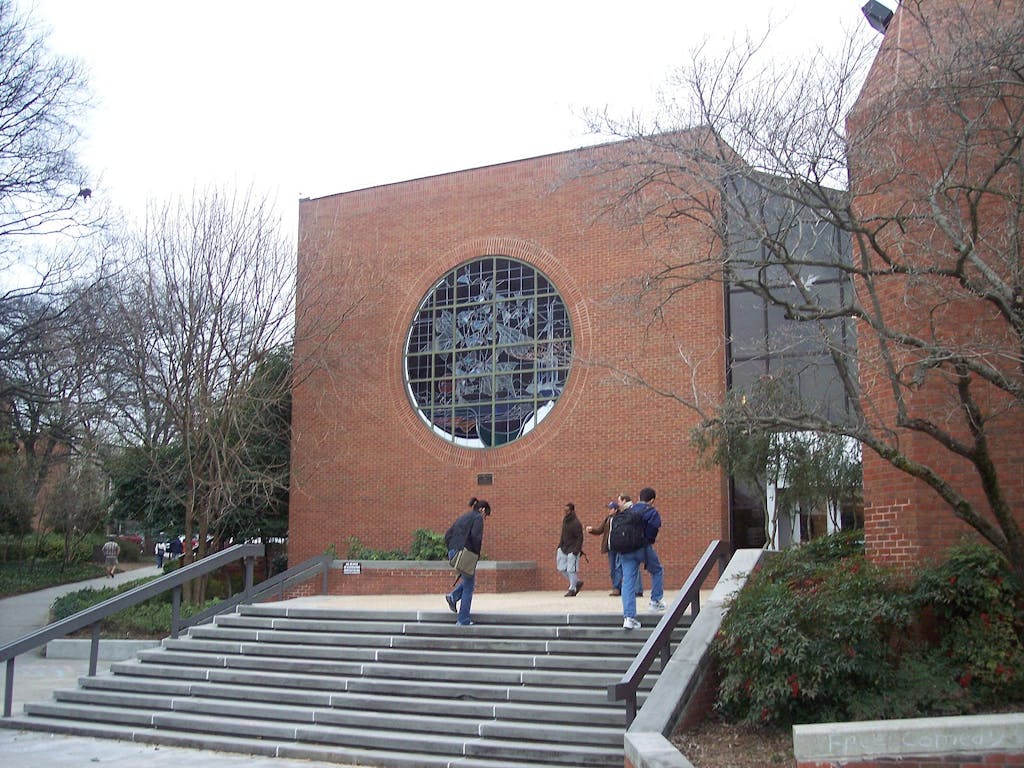
Georgia Tech’s focus on the SDGs is also evident in the leadership of its president, Ángel Cabrera, who co-founded and chairs the University Global Coalition (UGC), a group of international universities that have invested in supporting the SDGs through research, education, and service. Participants initially came together around the idea that universities have not only an opportunity but also an obligation to be a central part of the SDG movement. Cabrera had previous experience with encouraging institutions to commit to sustainability through his work as an adviser for the UN Global Compact, where he helped create the Principles for Responsible Management Education to drive business school leadership on the SDGs. Since its creation in 2019, the UGC now boasts more than 150 signatories that are working toward advancing the SDGs in the education system.
“I saw the impact that some of these global frameworks can have in shaping the behavior, the conduct of academic institutions,” Cabrera said at a recent event introducing Georgia Tech’s new sustainability programming. “I have seen it happen, and I think it ought to happen again within the current framework of Sustainable Development Goals.”
4. LOS ANGELES UNIVERSITIES: Deploying a student-city partnership to drive innovation and implementation
The importance of leveraging partnerships to secure the SDGs is enshrined in the framework itself (SDG17: Partnerships for the Goals). Over the past three years, Los Angeles has relied on universities and students — who contributed over 10,000 work hours in 2020 alone — to help carry out its own SDG work. In that time, the city worked with over 160 students to complete more than 22 research projects related to the SDGs.
One project focusing on “leaving no LGBTQIA+ Angelenos behind” addresses the absence of LGBTQ+ communities in the SDG framework. The student group reviewed policies from global cities leading on LGBTQ+ policies — such as New York, São Paulo, and Buenos Aires — and conducted interviews with government representatives from those cities during a 10-week period. The students then turned their data into a set of key recommendations for the city of Los Angeles, including guidelines for gender-neutral language in official communications and recognizing the importance of intersectionality in any effort. Other projects explored improving indoor air quality, ensuring a transition to a climate-resilient economy without leaving vulnerable populations behind, and investigating the educational barriers for students in unstable housing.
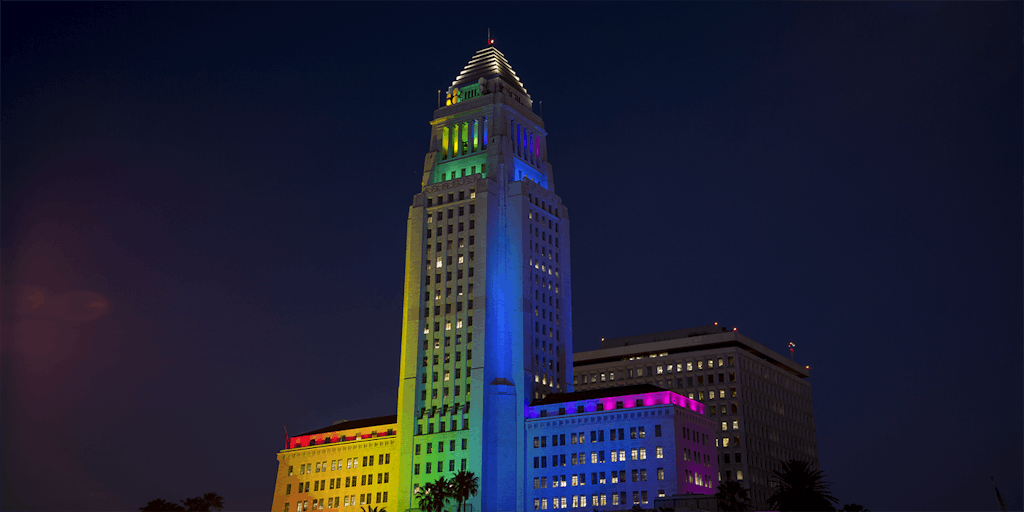
“What we try to focus on when we’re thinking about this process of localization is that this has the potential to really bridge work across city departments to break down silos — not just in terms of the city governance level, but also in the communities,” says Gaea Morales, a Ph.D. student who has worked with the city on its SDG implementation since it adopted the SDGs. “How do we use the same language to unite all of these different actors and actions toward sustainable development?”
5. RICE UNIVERSITY: Creating a dashboard for Houstonians
Rice University is bringing the SDGs to its backyard through its Houston Sustainability Indicators project (HSi), in partnership with the International Institute for Sustainable Development. The project builds on a history of initiatives housed at Rice’s Shell Center for Sustainability that map out what sustainable development means in the context of Houston. Early research at the Center developed a set of indicators — including crime, local food, and land use — to better understand the city’s sustainability from an economic, environmental, and social lens.
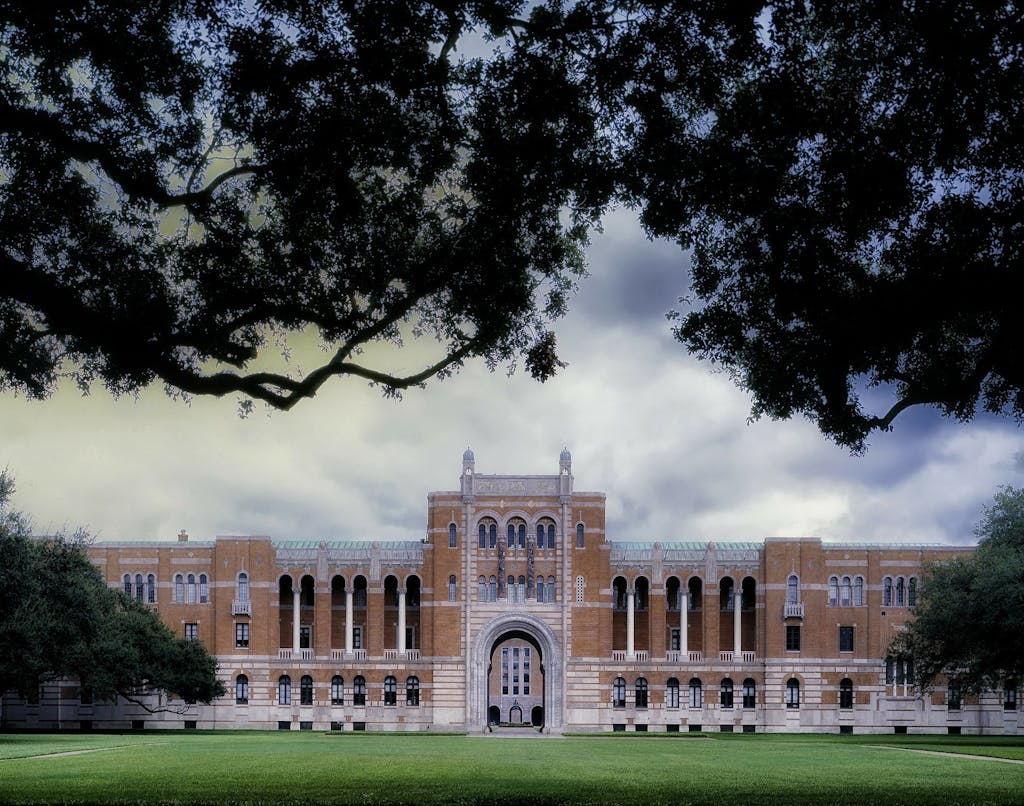
When the HSi website launched at the end of 2019, the team decided to adopt the SDGs as the project’s new language given the global reach and accessibility of the Goals. The platform features an interactive dashboard for users to see how the city fares on sustainability across the different SDG indicators. Led by David Abraham, who specializes in sustainable development planning, the effort will be updated yearly until 2030. The dashboard is a useful transparency and accountability mechanism for Houston citizens, researchers, and policymakers to be on the same page when it comes to SDG progress.
Starting in 2020, Abraham and his research team began working with local governments and major industries in Houston in a more deliberate effort to help the city catch up on the SDGs and achieve the 2030 Agenda.
“The City of Houston will celebrate its 200-year birthday in 2036,” he says. “That is just six years after the 2030 mark that countries all over the world have set for achieving the SDG targets. Through our work, Houston will join countries and cities across the world in tracking sustainability progress and improving quality of life for its people.”
6. UNIVERSITY OF TENNESSEE, KNOXVILLE: Mapping the course catalog to the SDGs
Most universities let students tailor their course selection based on days, professors, or department. At the University of Tennessee, students can also base their course selection on the SDG of their choice. For example, students who are interested in Goal 14: Life below water can take classes as diverse as Critical Sustainable Tourism or Advertising Campaigns. Those who are passionate about Goal 5: Gender equality can take a class on Russian film or on contemporary Buddhism for two radically different approaches to learning about the challenge.
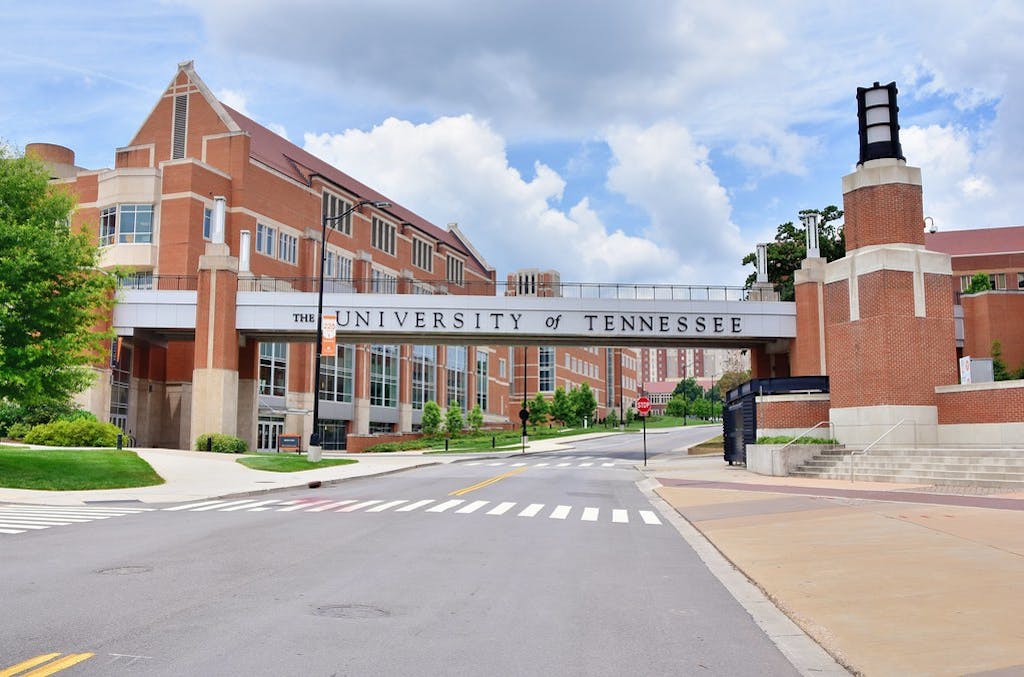
In 2020, the school’s Center for Global Engagement and Robert Hinde, the Vice Provost for Academic Affairs, reached out to faculty to help map their courses onto the Goals and received an overwhelming response.
“The response signals that not only is there an appetite for this initiative among professors, but that the SDGs speak to curricular opportunities, research interests and, importantly, students’ interests,” Jamie McGowan, Director of the Global Research Office at the Center, wrote in a recent op-ed.
The Center hopes to eventually offer students the opportunity to earn SDG badges through their community service activities and coursework based on the Goals they’re most passionate about. To qualify for a badge, they will need to take an introductory course to the SDGs to equip them with the basics of the framework. The pilot course, to be offered in fall of 2021, will allow the students to understand the SDGs through a global lens as well as their impact for the local university community.
7. UNA-USA CAMPUS CHAPTERS: Organizing peers around the SDGs
Staying on top of schoolwork at the height of a pandemic is difficult enough. Keeping up with extracurricular activities on top of that is impressive, and United Nations Association of the USA (UNA-USA) campus chapters around the country have managed to do just that, while also demonstrating the importance of the SDGs. During the nationwide racial justice protests, the Harvard chapter got to work on SDG10: Reduced inequalities, connecting with other campus groups to amplify Black voices and work on racial justice advocacy petitions. Northeastern University’s chapter held “Power Hours” to learn about current events and brainstorm virtual actions to take such as signing petitions or calling elected representatives.
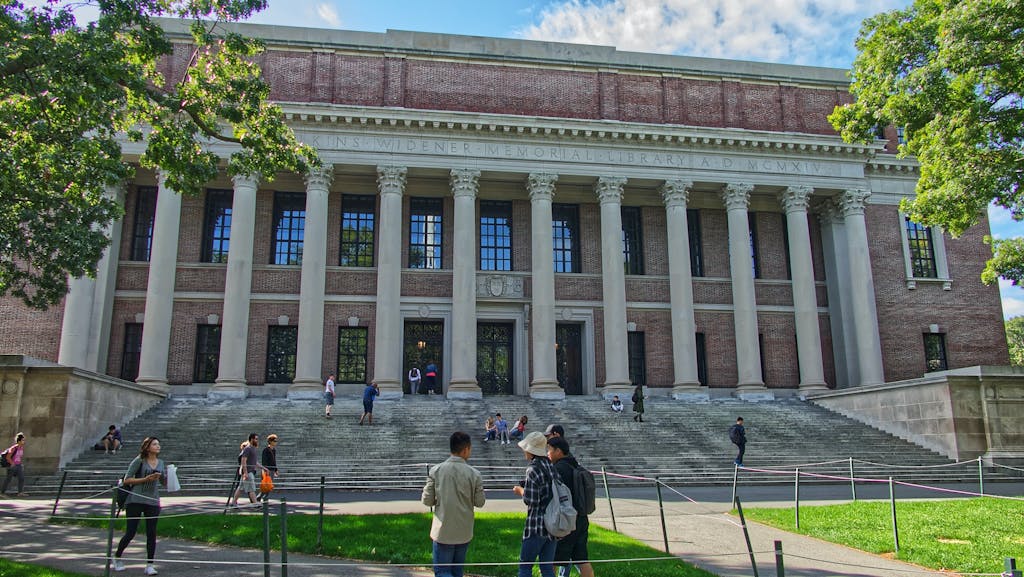
“[The SDGs] spoke to many different issues that I’d seen around me that I wanted to work on such as gender equality, no hunger, and quality education,” says Jahan Hameed, a rising junior at ASU.
The ASU chapter had a busy year putting together health and well-being surveys to improve on-campus health services; organizing a global women’s panel to exchange experiences about Goal 5: Gender equality; and recording mask-making tutorials on Instagram to support front-line workers during the pandemic. For its efforts, it was recognized as the Campus Chapter of Excellence.
***
These are just some of the ways that universities are not only interacting with but also advancing efforts to achieve the Sustainable Development Goals. The COVID-19 pandemic, along with an increased spotlight on equity and inclusion within sustainability, have made the framework all the more relevant.
Around the country, universities are training the next generation of SDG experts, building the research foundations for mainstreaming sustainable development, and driving solutions in their cities and communities. The SDGs also serve as a common vision that helps administrators connect with their counterparts around the country and the world. Professors are using their lesson plans to make the SDGs more relevant to students’ lives. Students who are passionate about sustainability are passing on their enthusiasm to peers.
All of these communities together are a vital piece of the global movement helping bring us closer to achieving the 2030 Agenda.
Featured Photo is courtesy of Carnegie Mellon University





